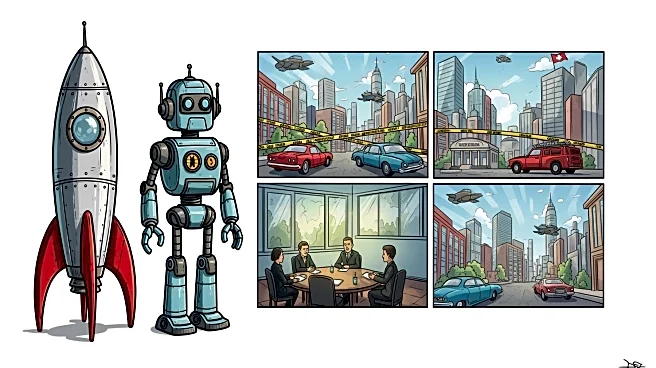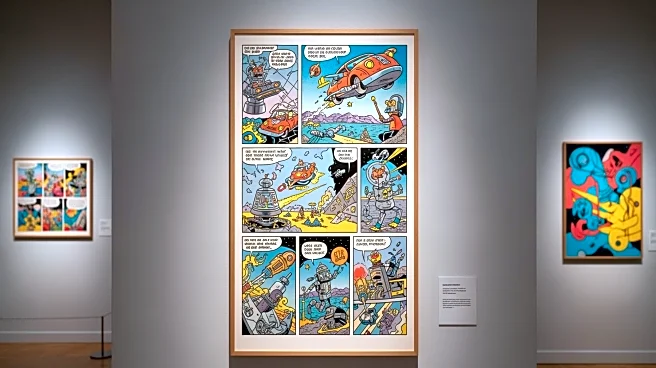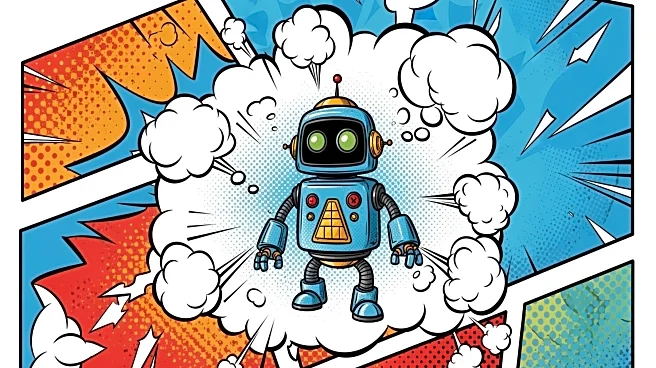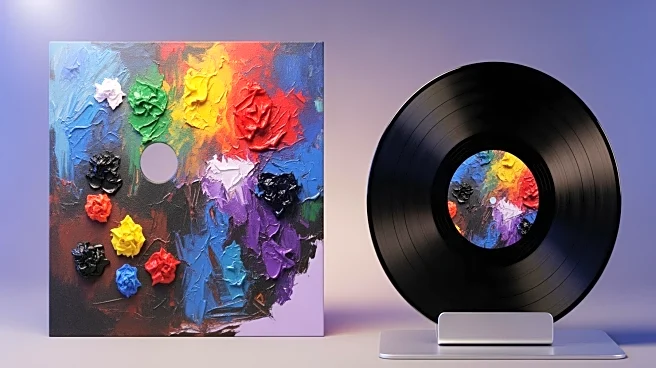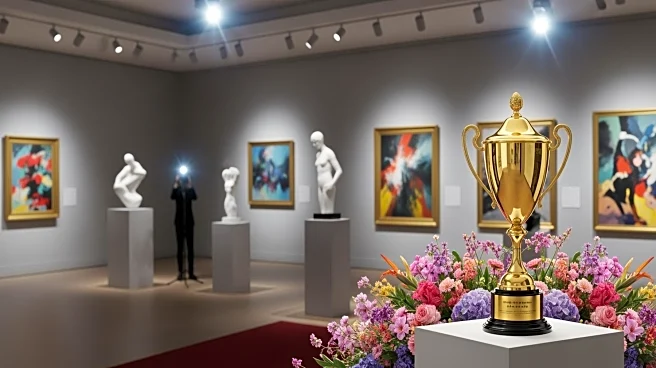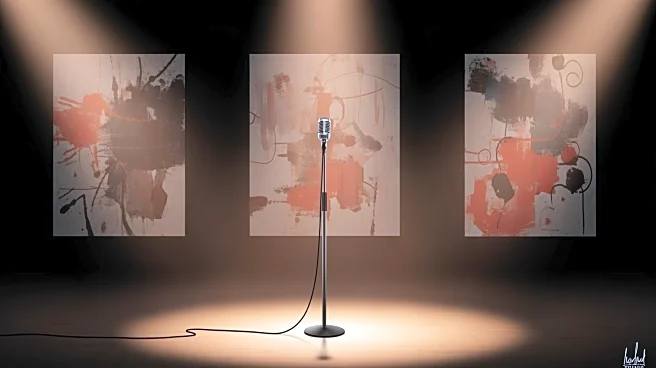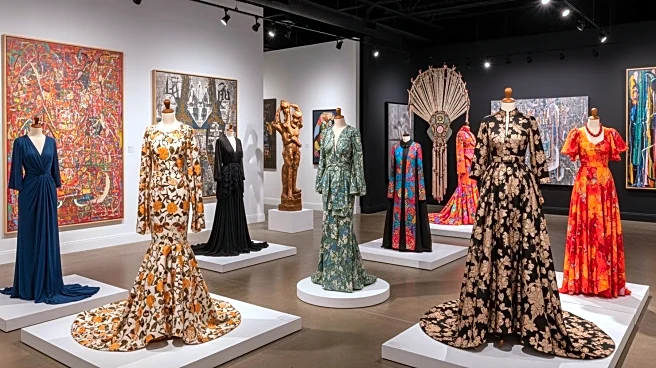What's Happening?
The Cartoon Museum in London is hosting an exhibition titled 'The Future Was Then,' which showcases visions of the future through comic strips. The exhibition features works from iconic comics such as Buck
Rogers, Tank Girl, Dan Dare, and Judge Dredd. These comics offer a glimpse into how artists have historically imagined the future, with themes ranging from nuclear war and planetary disaster to the eradication of disease. Notably, Judge Dredd's dystopian vision of quasi-fascism, first introduced in 1977, is highlighted as a prescient reflection of societal fears during that era.
Why It's Important?
Comic strips have long served as a medium for social commentary, reflecting and shaping public perceptions of the future. The exhibition at the Cartoon Museum provides insight into how artists have grappled with themes of technological advancement, societal change, and existential threats. By examining these works, visitors can gain a deeper understanding of the cultural and historical contexts that influenced these visions. This retrospective is particularly relevant as contemporary society continues to navigate similar challenges, prompting reflection on the accuracy and impact of past predictions.
What's Next?
The exhibition invites visitors to consider the evolving role of comics in shaping public discourse on future possibilities. As new technologies and societal shifts continue to emerge, comic artists may explore these themes with renewed vigor, potentially influencing public opinion and policy. The museum's focus on future visions may inspire contemporary artists to create works that address current and emerging issues, fostering dialogue and innovation in the field of comic art.
Beyond the Headlines
Beyond their entertainment value, comic strips offer a unique lens through which to explore ethical and philosophical questions about the future. The exhibition encourages viewers to consider the implications of technological and societal changes, such as the balance between progress and preservation. By engaging with these narratives, audiences can reflect on their own beliefs and values, potentially influencing broader cultural and political conversations.
